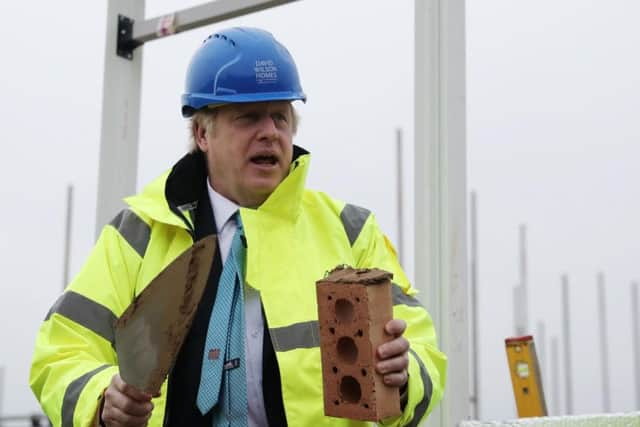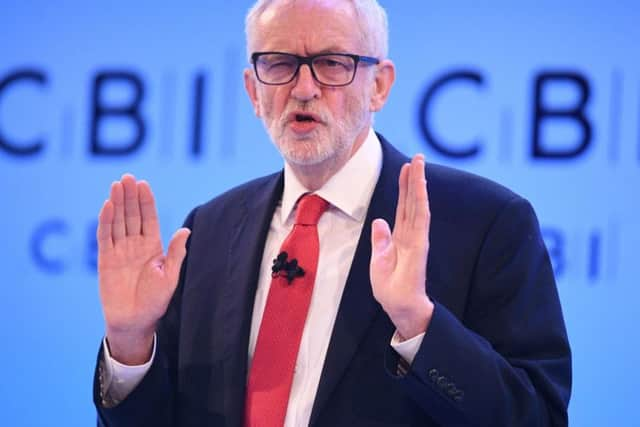General Election 2019: Can Labour's manifesto close the gap on Tories?
Can it make a difference with Labour lagging so far behind in the Conservatives?
Poll watch
Labour figures make the same point over and over again when you speak to them about the party’s standing in the polls: in 2017, when they surged to deny Theresa May a majority, Labour was even further behind.


Advertisement
Hide AdAdvertisement
Hide AdThe week before Jeremy Corbyn launched his party’s manifesto at the last election, two polls put Labour 20% behind the Tories. Within days, that lead had fallen to as little 6%.
The gap between the parties today is roughly 10-12% - could it begin to close now the spotlight is on Labour’s policies again? Pollsters consistently find that despite concerns over how they would be paid for an delivered, nationalisation of services like rail and power are popular with the public. In 2017, a ComRes poll of 1,000 adults for the Daily Mirror found that 52% support bringing the UK’s railways into public ownership, with 22% opposed and 26% saying they didn’t know; there was 49% support for nationalising the energy market, with 24% opposed and 28% saying they didn’t know.
Income tax
YouGov has reported that two-thirds of voters back increasing the income tax rate for those earning more than £125,000 per year to 50p; six in ten voters back raising taxes on those earning more than £80,000 to 45p.


So why, if Labour’s manifesto is so popular, is the party so far behind? The main answer is it’s leader: Jeremy Corbyn. Only once in the past 25 years has a leader with a lower net satisfaction rating won a general election - that was 2005, when Michael Howard was more popular than Tony Blair.
Of course, in 2017 Corbyn began the campaign with dire approval ratings, and close to within a few percent of Theresa May. But the gap on personalities will be much harder to close than on policies.
In the past quarter century, there has never been a bigger gap between the two main party leaders in terms of their net approval rating: Boris Johnson sits just above zero, while Jeremy Corbyn is around -60%.
That’s what your hear from campaigners on the doorsteps: voters are willing to give Labour a chance, but say they can’t back its current leader. With the Tory manifesto expected this weekend, the next few days will be crucial in seeing whether Labour’s policies can make the difference again.